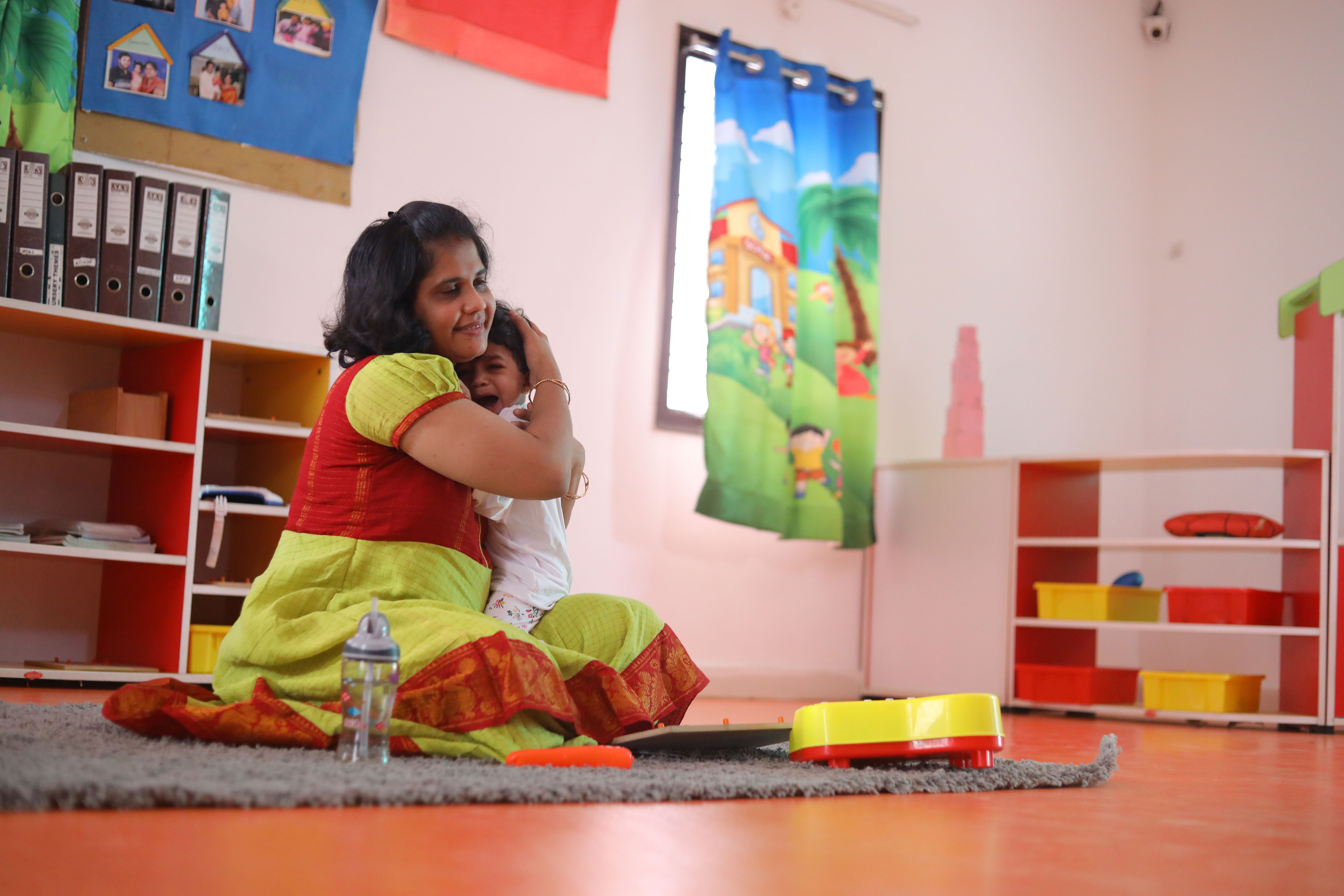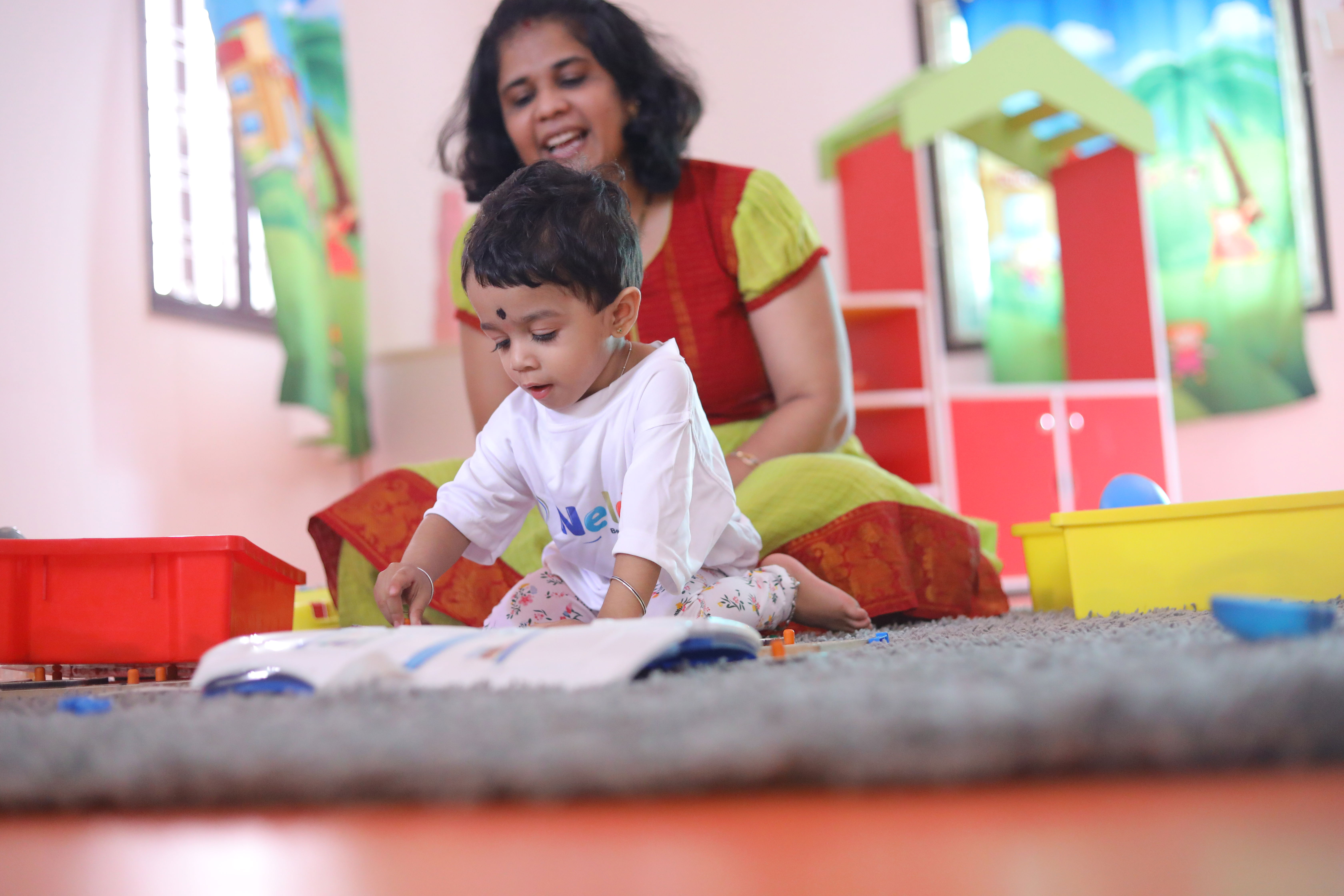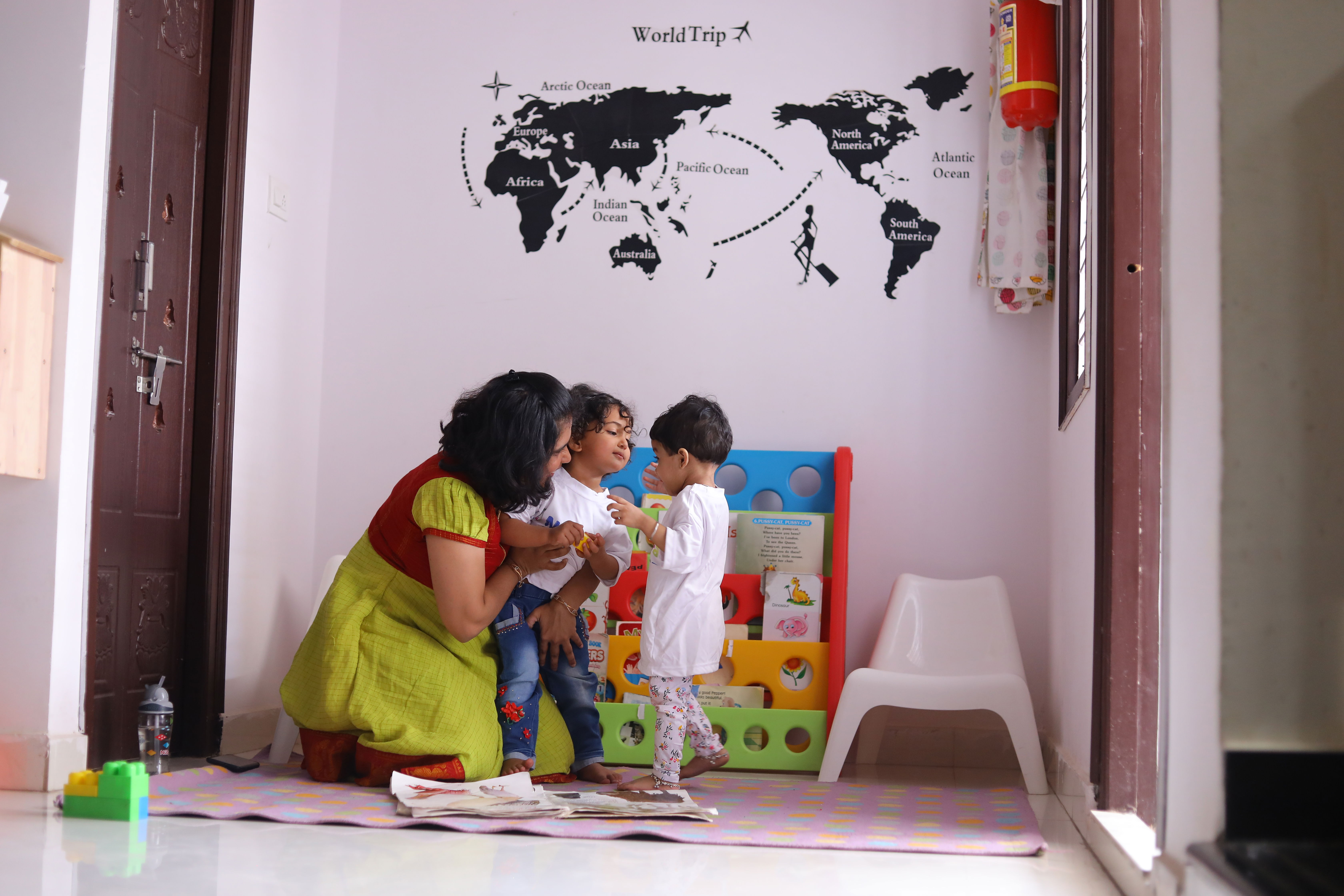Neldrac's Comprehensive Guide to Helping Your Child Settle into Preschool
Introduction:
Whether your child attends daycare or spends their days with a parent, transitioning to a new environment and routine can be challenging for young children. Even if they are excited about starting preschool, it's normal for them to feel a mix of nervousness on the big day. Fortunately, there are numerous activities and methods Neldrac implements that can help ease their fears and facilitate a smooth transition during the first few weeks. In this blog post, we will explore everything you need to know about helping your child settle into preschool.

What to Expect During the First Few Weeks of Preschool:
First Day of Preschool:

The first day may bring about a range of emotions, from anxious butterflies to excitement or even tears. It's important to remember that all these feelings are valid. Whether your child is three or five years old, they will be entering a new environment, meeting new friends, learning from their preschool teachers, and establishing a brand-new routine. By the end of the day, however, they will likely start feeling more comfortable as children adapt quickly to new surroundings.
First Week of Preschool:
During the initial week of Preschool, your child may feel exceptionally tired. They will be engaging not only their bodies but also their minds. As a result, they might display signs of fatigue, such as being emotional, having tantrums, or falling asleep early. To combat this fatigue, ensure your child has a balanced breakfast and gets a good night's sleep before heading off to school.
First Month of Preschool:
In the first month of preschool, it's not uncommon for your little one to become more independent. They may exhibit this newfound autonomy by dashing out of the car during drop-off without saying goodbye, attempting to dress themselves, or throwing tantrums. While it can be bittersweet to witness your child growing up, it's important to provide them with extra cuddles and encourage their independence within established boundaries.
How to Help Your Child Settle Into Preschool:
Settling-In Methods:

- Gradual Start: Starting with a half-day and gradually progressing to a full day over the first few weeks is an excellent settling-in method. Many preschools incorporate this schedule or offer meet and greet days before regular classes begin.
- Establish Routines: Consistent routines are crucial for helping your child feel comfortable in their new environment during the initial weeks. Whether it's a morning routine for getting ready, a goodbye routine during drop-off, or an after-preschool routine, knowing what to expect next provides comfort to your child. Maintaining a consistent routine at home will also help them stick to their routines at school.
Transition Activities for Preschool:
Transitions from one activity to another can be challenging for children. Teaching them how to navigate these transitions is an essential part of their development. Here are a few activities that can help:
- Establish Routines: Consistent routines, especially during transitions, are crucial for settling into preschool. Going from one task to another, such as from breakfast to tooth brushing, or from saying goodbye to the caregiver and greeting the preschool teacher, can be considered a transition. Setting a morning routine and a goodbye routine will facilitate smoother transitions.
- Verbal and Non-Verbal Warnings: Before and during the initial weeks of preschool, provide verbal or non-verbal warnings when transitioning to a new task. For example, let your child know when there are 10 minutes left and again when there are five minutes left. Or, a non-verbal warning can include turning the lights on and off.
- Auditory Cues: Learn a specific song that sends a cue for your child to brush their teeth or wash their hands.
Overcoming Challenges in the Initial Weeks of Preschool: Separation Anxiety and Building Friendships
Separation Anxiety:

One of the most common challenges that arise during the first month of preschool is separation anxiety. This can manifest in various ways, such as refusal to attend school, reluctance to sleep alone, clinginess at home, regression in potty training, and temper tantrums.
To address separation anxiety, it's crucial to avoid transferring your own nervous energy to your child. It's natural to feel apprehensive when your child begins preschool, but children can sense their caregivers' anxiety. Acknowledge your child's feelings and reassure them that it's normal to experience such emotions. The positive aspect is that the activities and methods used to help your child settle into preschool will also aid in alleviating separation anxiety. These include establishing routines, providing a transitional object, and ensuring they receive sufficient rest.
Making Friends:

During your child’s early years, friends are made by parents setting up playdates. Going to preschool might be the first time a child is tasked with making their own friends. If they’re reluctant to socialize at school, you can help by building their confidence at home and allowing them to be independent.
Going to preschool is a big change, especially during the first few weeks. However, with these tips, you can help your child successfully settle into preschool.
Conclusion:
In conclusion, helping your child settle into preschool requires understanding the challenges they may face, such as separation anxiety and making new friends. By establishing routines, gradually introducing them to the preschool environment, providing comfort objects, and managing your own anxieties, you can ease their transition. Supporting their independence and confidence, both at home and in social interactions, will contribute to their successful adjustment. Remember that while the first few weeks may have their ups and downs, your guidance and nurturing approach will help your child navigate this exciting new chapter with ease and promote their growth and development.
Article by:


